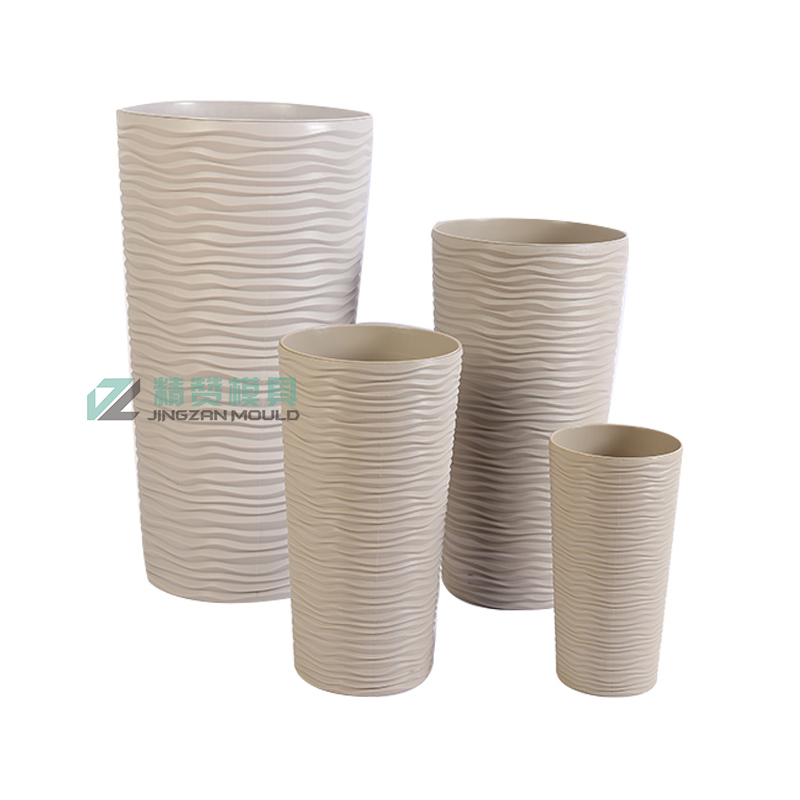Flower Pot Molds are tools used in the production system for producing plastic flower pots. Constructed of either metal or plastic, they're used to form molten fabric into its very last shape for flower pot production - whether for private or business use. Available in numerous shapes and sizes with ornamental information protected as an extra characteristic, they play a critical component in producing uniform and regular pots that meet aesthetic requirements.
At the outset of creating a Flower Pot Mould, the layout will decide which substances and equipment can be wanted. Once this selection has been made, constructing a prototype of your selected pot the usage of clay or foam must comply with applying a launch agent to ensure that when hardening has taken area the mold can without difficulty come other than it.
Once the mold has been developed, it can be used to produce multiple pots fast - especially beneficial for business manufacturers who must meet excessive demand for their merchandise. However, keep in mind that its length and nice might also have an impact on the pots produced.
To prevent mildew boom in extraordinary sorts of plant pots, you may need to select the precise soil type, provide ok drainage, and use proper potting techniques. Selecting the proper size pot can even aid. Adding panorama rocks below non-drainage hollow pots might also save you water pooling at their backside, and periodically rinse all pots with warm water and cleaning soap to take away natural fabric that contributes to mold spore boom.
If you notice signs and symptoms of mold growth on your plant pots, including fuzzy white or inexperienced spots on the floor of the soil, black or brown spots on plant leaves, or an unpleasant musty odor, take on the spot motion. Mould can deprive plants of critical nutrients, and even cause their demise. Wear protective gear while managing your flora which includes gloves and masks a good way to avoid inhaling mildew spores and protect yourself.
If mold persists, attempt spraying the soil with equal elements of vinegar and water or use baking soda solutions to swab off. Repotting flora into fresh, clean soil could also help; for the highest quality outcomes, it needs to be at least a few inches larger than the preceding pot to provide adequate room for expansion.

